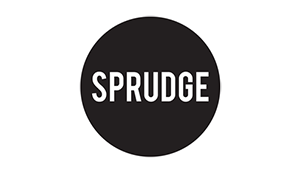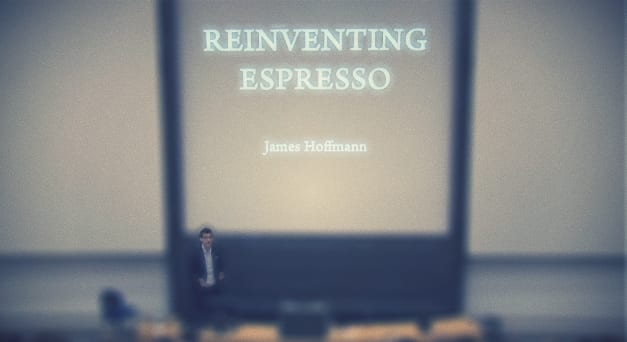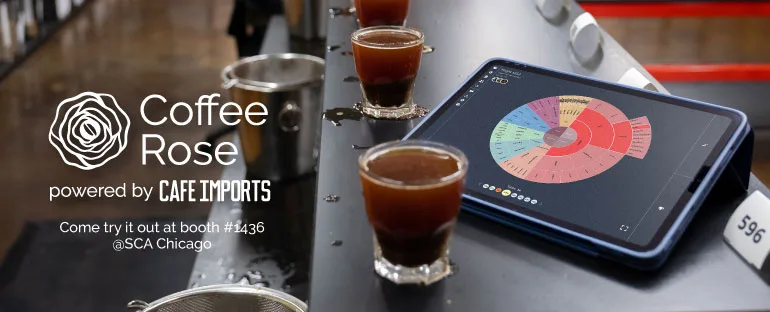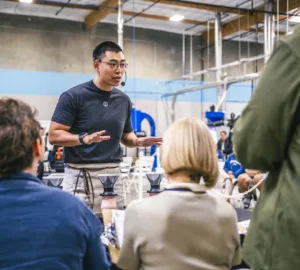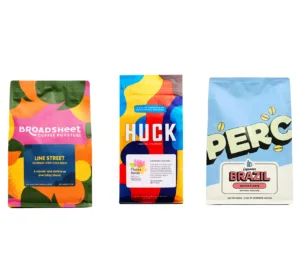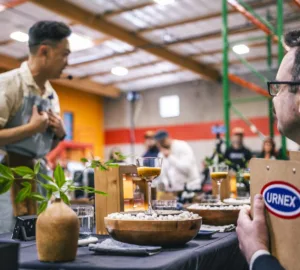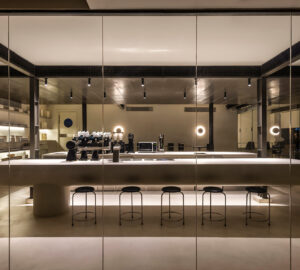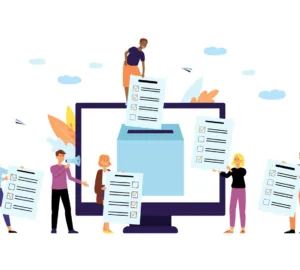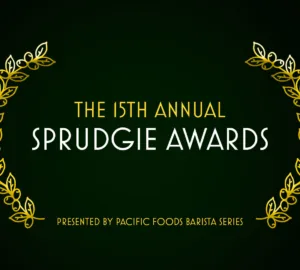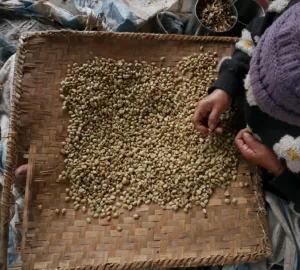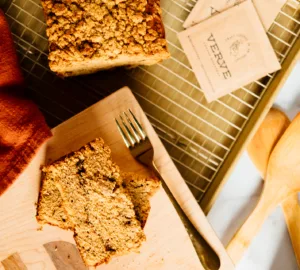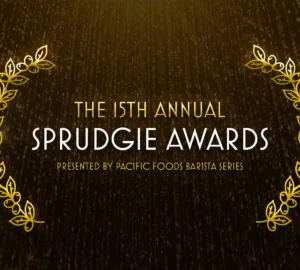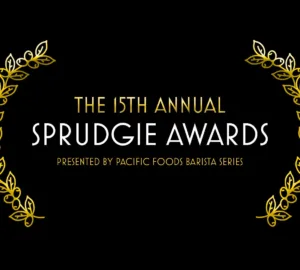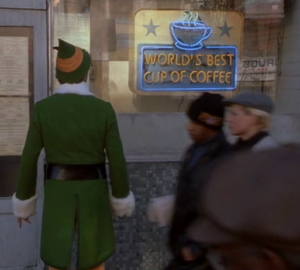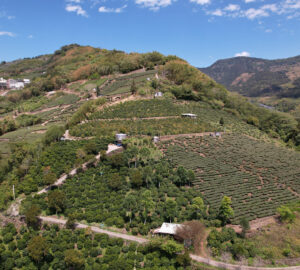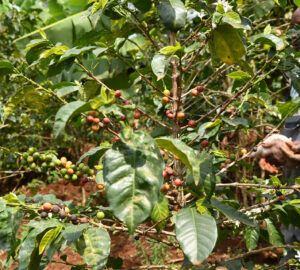Year in and year out, the Nordic Barista Cup hosts invaluable talks by the best and brightest minds in coffee. Here’s a recap and analysis of one of our favorite talks from NBC 2011, presented by James Hoffmann and featuring questions and commentary from Kyle Glanville, Tim Wendelboe and David Latourelle. We think what James and the gang had to say may very well set the tone for the industry in the coming years.
And since James is currently on an internet sabbatical, he will never see our decision to present these SprudgeNotes.
James starts off by giving some objectives for his presentation: while the topic is “reinventing espresso,” this is something of a misnomer to James. His goal is to give some context for the development of espresso as we know it today, and discuss the problems we must confront in order to move forward. “We would all agree that we would like espresso to move on and evolve and we’d like to see progress and we are by and large dissatisfied with it.” We’ve inherited a lot of baggage about espresso without really understanding why.
The beginning of espresso as we know it can perhaps be credited to Luigi Bezzera, who in 1901 introduced his steam powered machine. The reason for its success? It was fast. “Caffe Express”. But this isn’t espresso as we know it: this is a big cup of filtered coffee, made very quickly.
The first reinvention was brought about by Achille Gaggia, who, in 1948, introduced his first lever machine. Rather than pressurizing the brew water with steam, Gaggia’s machine forced water through a cake of coffee with a spring-loaded piston. This was the first appearance of crema, and the machine itself read “natural coffee cream,” as early customers were perplexed by the “scum” on top of their coffee.
In addition to the technological innovations in espresso, James examined the cultural aspect of the espresso tradition and what we’ve inherited as a coffee drinking culture.
The traditional espresso blend. No one can pin down the exact time that this “tradition” came to be, but espresso really took off during a time of economic weakness, in poor post-war Italy. Italians had to buy cheap coffee. Presently, the traditional espresso blend is thought of in marketing terms, qualities endowed by cheap ingredients. Low acid (low elevation), heavy body (cheap robusta). Espresso as a process evolved to make these cheap, poor quality ingredients palatable, and the technological developments followed suit. When we think of an Italian espresso blend, it’s codification for cheap ingredients.
The Starbucks. The proliferation of Starbucks provided a retail revolution for espresso, and introduced the idea of espresso as being special. Romance and mystique allured customers while the bottom dollar motivated coffee companies. Retailers realized they could charge more for this exotic European import while using less coffee than drip. This pioneered the model of selling coffee. “It’s just like buying a Big Mac.”
The most recent reinvention of espresso, and the one that causes the most problems: The David Schomer. To James, Schomer and the landmark work done at Vivace Espresso represents the technical reinvention of espresso. We began to notice that minute changes in process yield huge differences in cup quality. “This kind of kicked off for me the fetishization of espresso and also created a rampant breeding ground of strange theories propped up by half-remembered science.”
James is nervous about the confusion between innovation and novelty. Novelty is easy, because it’s just new, and it’s satisfying, but innovation is fixing a specific problem. Ask people what they want to do with espresso: “I want more complexity, I want it to be sweeter.” It’s easy: BUY BETTER COFFEE. An espresso blend will always taste like that blend. Investing huge expectations in technology will be disappointing. We aren’t going to create a magical manifestation of sugar with preparation. There is a potential for coffee to be better. For example: the coffee industry “lost our minds” when Esmerelda Special came out, it changed minds about what coffee was capable of.
The point of all this is: in moving forward, we have to decide what we’re taking with us, and what we’re leaving behind. If we have a specific goal, it’s much easier to get there. James’s goal is for espresso to be easier. We just aren’t very good at it yet, or at least not as good as we should be. Let’s look at the process and figure out how we can make it better.
It’s been unacceptable that for so long we’ve tolerated inconsistent baskets, and recent advancements have been a big step forward. Water is still misunderstood and needs to be figured out. But the biggest villains are undoubtably our grinders. If you went back in time to 1951 and picked a grinder up off the shelf, it would be largely the same as one today. They haven’t changed, and that’s one of the reasons espresso has become so difficult.
The Q&A session is where it gets really juicy.
David Latourell: Does making espresso easier fit all models of business?:
James says that we constantly look to the restaurant industry, and there are many models of business. Many coffee shops are different, but there needs to be a greater differentiation on how we present coffee.
What do you want from grinders?
“In an ideal world I would like a grinder that produced a weighed portion of coffee… I would like a grinder that retains as little heat as possible, that ideally retains no coffee in the burrs… I would like burr chambers to not expand when they got hot, causing our grinds to change when we get busy… Give me a nice portion of coffee consistently, and don’t change what you do just because I asked more often.”
Tim Wendelboe: Is there room for updosed, underextracted shots to be accepted, if they are tasty?
Some of us will prioritize things like texture and mouthfeel for cleanliness and clarity. There are some hard limits to extraction, and some of us have more tolerance for poorly prepared food. We have broader definitions of espresso, and there are ways to do different things better; there is a way to do ristretto better if that’s what you want. “I don’t think there’s an ideal… did I dodge that or, answer it?”
As coffee production improves, is there room for robusta?
“I think devoting energies into making great coffees incredible would be unwisely spent on making cheap coffees palatable. So for us and our section of the industry, I don’t think robusta has the genetics to ever really offer us up something that will excite us.”
Kyle Glanville: It’s the year 2030, and we have re-imagined what our equipment can do… what do you dream of in this setup? You’ve got the stage, you have the opportunity to make demands.
“I’m not afraid of more automation.”
We are really excited by what James says here in his presentation, and even more excited that this can be shared with the entire industry. James was very wise to give a historical context of espresso, because when he gets down to what we need to do, he has already more than made the case that we have to decide what to dispense with. While we are excited about the possibilities pressure profiling has to offer, we are still a little skeptical; is this going to be a technology that people use to ameliorate poor coffee (“OOH, this profile, really cleans up this blend!”), or will it be used as a technology to best express a coffee’s inherent quality? Clearly, there is a long way to go on both sides of the cafe/manufacture equation, but kudos to James for presenting the problems we face in a characteristically clear and cogent fashion.
“Let’s get to work.” Watch the video for yourself!
Nordic Barista Cup 2011: James Hoffmann – Reinventing Espresso from Nordic Barista Cup on Vimeo.
